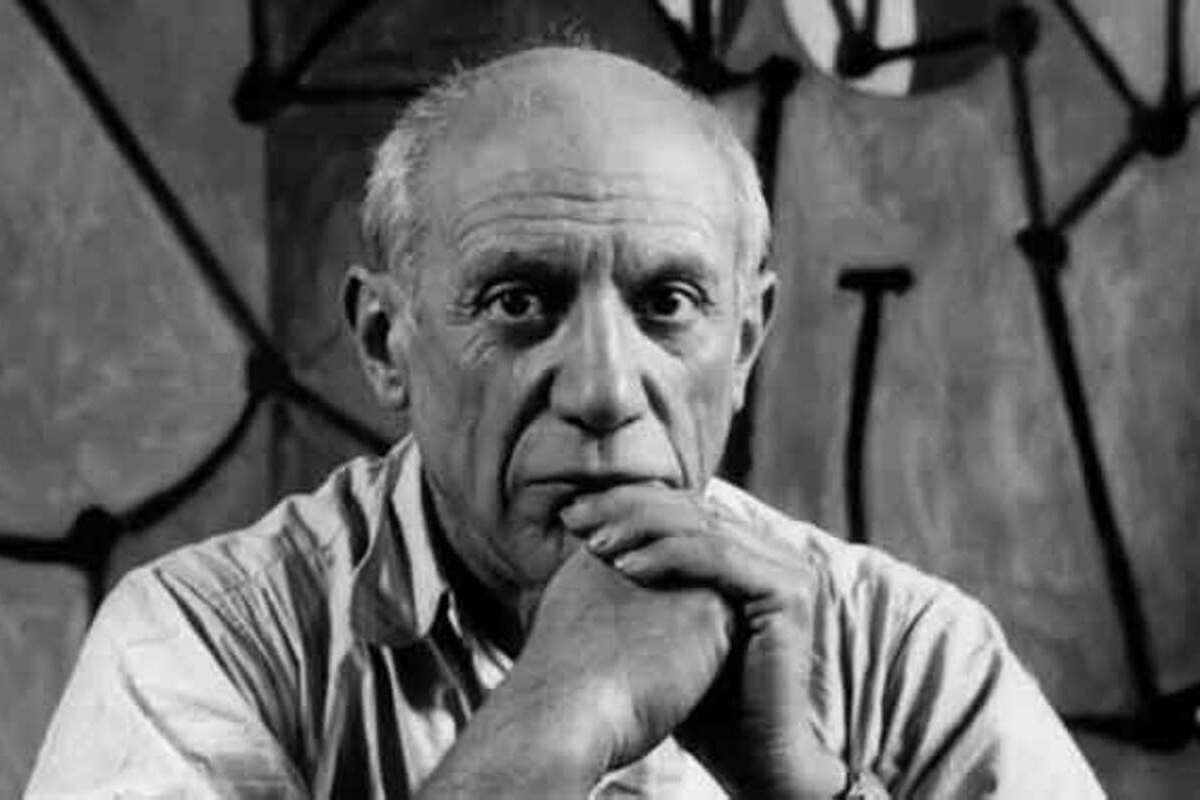Pablo Picasso is one of the most influential figures in 20th-century art. His work revolutionized painting, and his bold experiments laid the foundation for new artistic movements. Picasso was not only a painter but also a sculptor, ceramicist, printmaker, poet, and playwright. His life was filled with remarkable events, discoveries, and contradictions that continue to fascinate art lovers and researchers around the world. Below is a collection of interesting facts about this extraordinary figure that you may not have known.
- Picasso’s full name consists of 23 words. He was born as Pablo Diego José Francisco de Paula Juan Nepomuceno María de los Remedios Crispín Crispiniano de la Santísima Trinidad Mártir Patricio Ruiz y Picasso. This reflects the Spanish tradition of naming children after saints and relatives.
- He began drawing before he could speak. According to his mother, Picasso could hold a pencil as a baby and tried to imitate his father, who was an art teacher.
- At the age of nine, he painted his first oil painting. By the age of fifteen, his work was already being exhibited at official shows in Barcelona, where he impressed audiences with his skill.
- Picasso studied at several prestigious art academies in Spain but left them early, dissatisfied with academic approaches. He believed that true art should go beyond rules and conventions.
- One of the most famous periods in his work is the Blue Period. This phase featured cool tones and subjects that explored poverty, loneliness, and human suffering.
- The Rose Period followed, marked by warmer colors and more joyful themes. He painted acrobats, circus performers, lovers, and dreamers in a poetic and tender light.
- He was a co-founder of Cubism, an artistic movement that radically changed the way form and space were represented. Together with Georges Braque, he developed the concept of depicting objects from multiple viewpoints simultaneously.
- His painting “Les Demoiselles d’Avignon,” created in 1907, is considered a groundbreaking work in Western art history. It broke the rules of composition, perspective, and anatomy, paving the way for modernism.
- His most iconic work is “Guernica,” painted in 1937. It is a powerful anti-war piece that depicts the bombing of the Spanish town of Guernica during the Spanish Civil War. The painting has become a universal symbol of protest against violence and brutality.
- Picasso had exceptional work ethic. Over his lifetime, he created more than 50,000 works, including paintings, drawings, sculptures, ceramics, textiles, and stage designs.
- He constantly changed his style and never limited himself to one artistic direction. After Cubism, he explored Surrealism, Expressionism, Neoclassicism, and more, always maintaining his individuality.
- He achieved global fame during his lifetime, which is rare among artists. His paintings were sold for large sums while he was still actively working.
- Picasso lived to be 91 years old. He died in 1973 in the south of France, leaving behind thousands of works and an entire era in the history of art.
- He had four children from different relationships, though he was officially married only twice. His personal life was as vibrant and complex as his artistic career.
- Picasso was known for his sharp wit and great sense of humor. He often joked about his work and was never afraid of provocation or innovation.
- After his death, the French government accepted his artworks as payment for inheritance taxes. This led to the founding of the Picasso Museum in Paris, which holds the largest collection of his works.
- He also contributed to literature. Picasso wrote poetry and experimented with playwriting, proving that creativity knows no boundaries.
- His influence extended beyond painting into design, architecture, fashion, and advertising. Many contemporary artists cite him as a major source of inspiration.
- He rejected authority and refused to follow any artistic dogma. Picasso often said that every child is an artist, and the challenge is to remain one as we grow older.
- Throughout his life, he lived in different countries including Spain, France, and Italy, but France became his second home. It was there that he found creative freedom and international recognition.
These incredible facts reveal Pablo Picasso as a person of remarkable energy, depth, and talent. His art went far beyond the canvas to become a global cultural phenomenon. You may not have realized how multifaceted and innovative he was, but now you can appreciate his life and work in a new light. Picasso’s legacy continues to inspire new generations to express themselves freely and find beauty in the unexpected.





